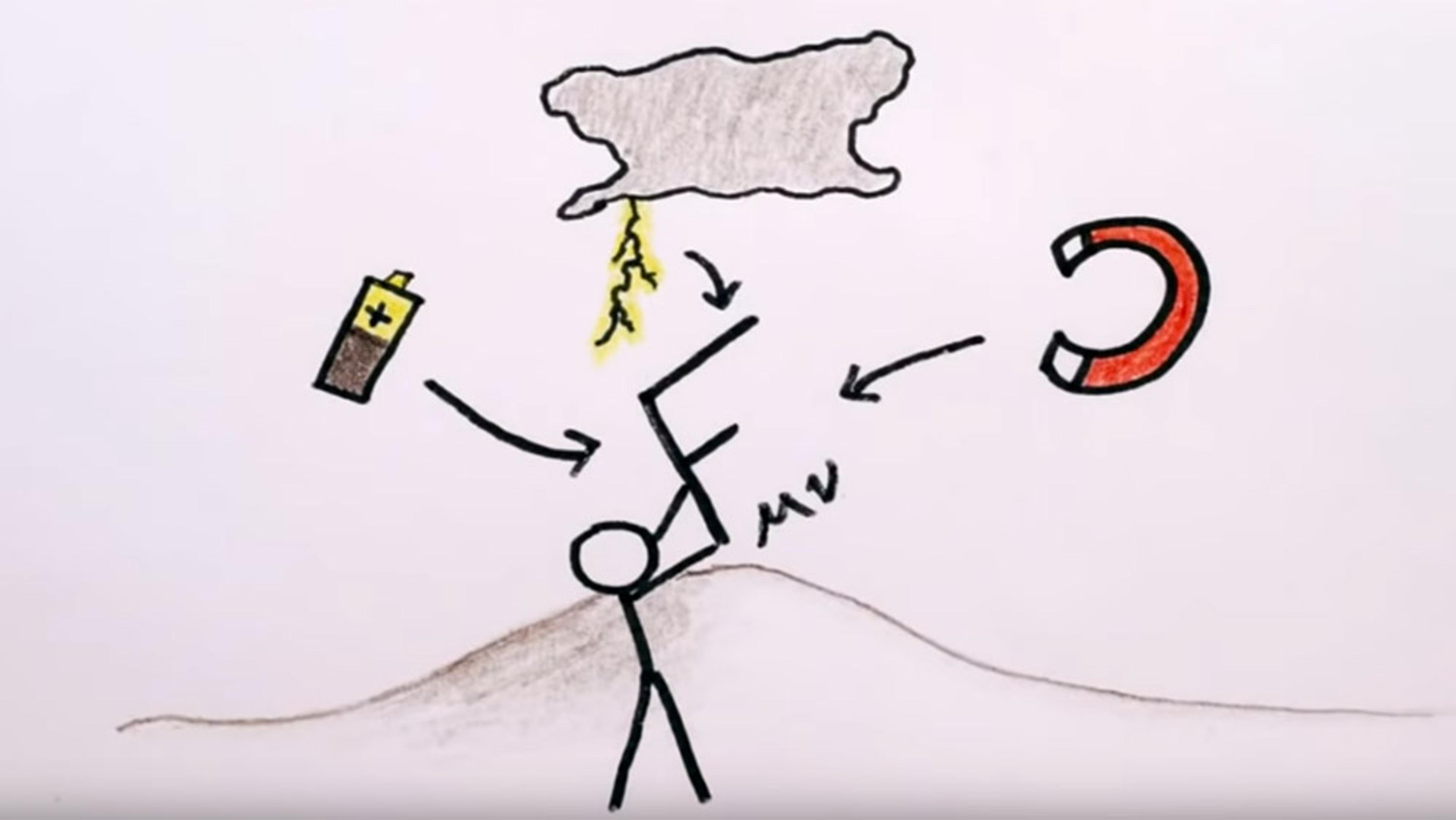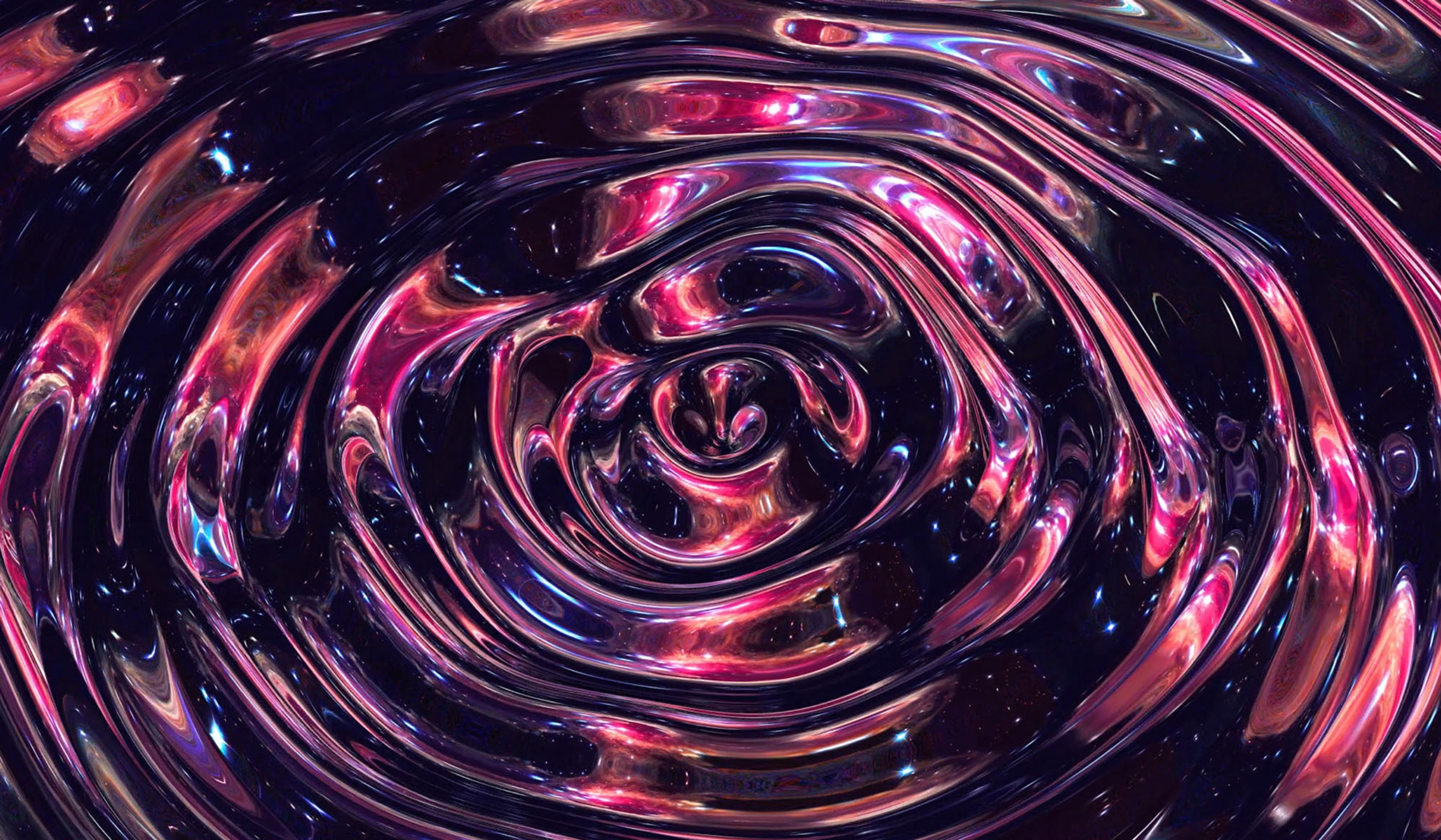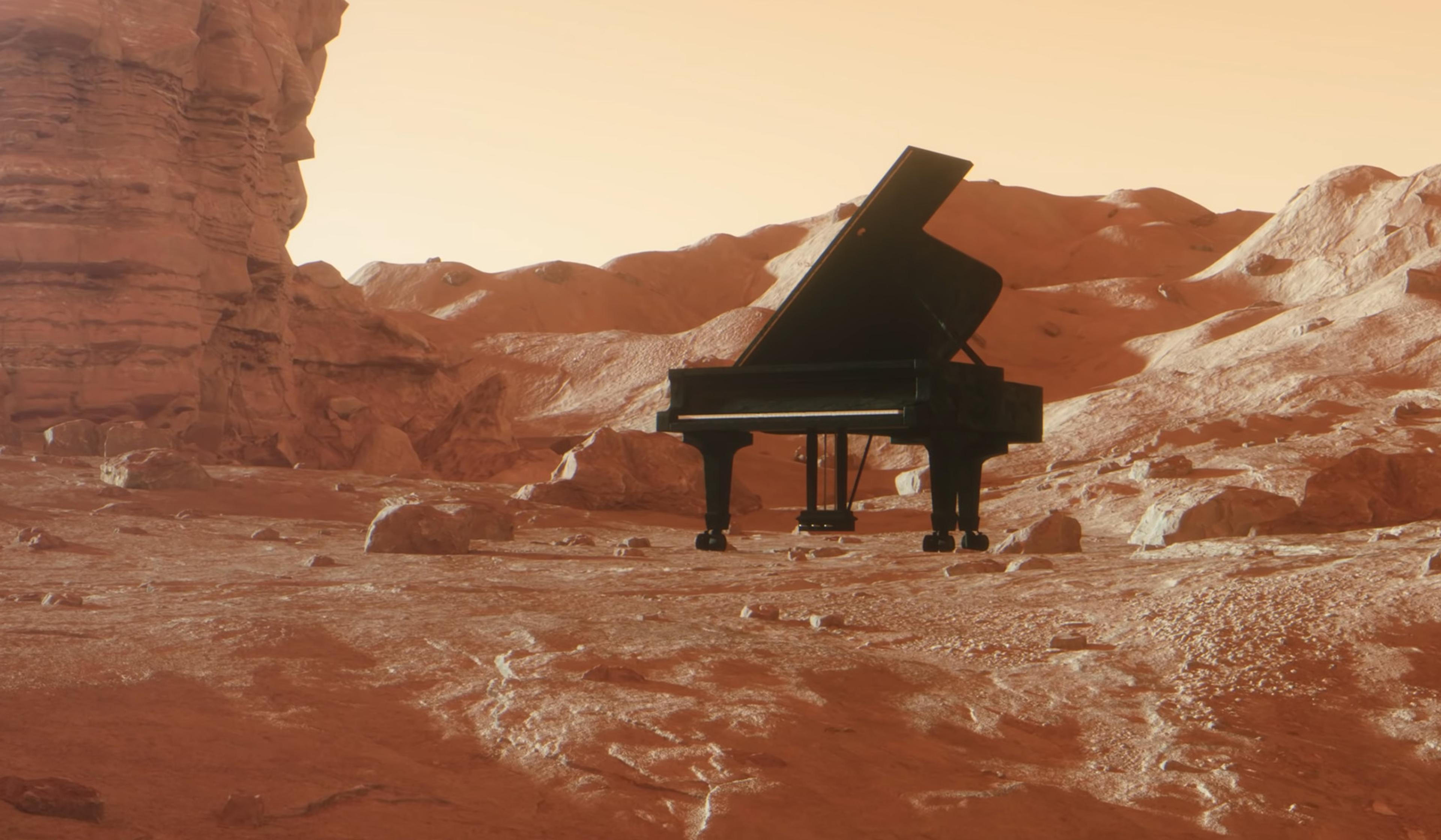Empty space isn’t ‘nothing’. Since Albert Einstein, scientists have known that space has distinct physical properties, giving it the ability to bend, ripple and expand. One of its most mysterious characteristics, however, is its apparent flatness, allowing objects travelling on parallel paths to continue on parallel paths unless acted upon by the gravitational force of another object – a feature of the Universe that appears to be ‘a gigantic, cosmic-level coincidence’. This brief animation probes our evolving understanding of space, brushing up against the edges of current human understanding.
Why the apparent flatness of space is an enduring cosmological mystery
Video by MinutePhysics and PHD Comics

videoPhysics
Time is fundamental, space is emergent – why physicists are rethinking reality
9 minutes

videoPhysics
How two scientists built a bridge between Newton and Einstein in ‘empty’ spaces
5 minutes

videoCosmology
Turns out that, even when Einstein was wrong, he was kind of right
6 minutes

videoQuantum theory
Why aren’t our everyday lives as ‘spooky’ as the quantum world?
7 minutes

videoCosmology
The mysterious ‘something’ behind the accelerating expansion of the Universe
3 minutes

videoPhysics
Imagining spacetime as a visible grid is an extraordinary journey into the unseen
12 minutes

videoMetaphysics
To see the Universe more clearly, think in terms of processes, not objects
6 minutes

videoPhysics
Logic tells us that antimatter should have annihilated the Universe. So why hasn’t it?
4 minutes

videoPhysics
How would a piano sound on Mars? Embark on an interplanetary sonic journey
20 minutes